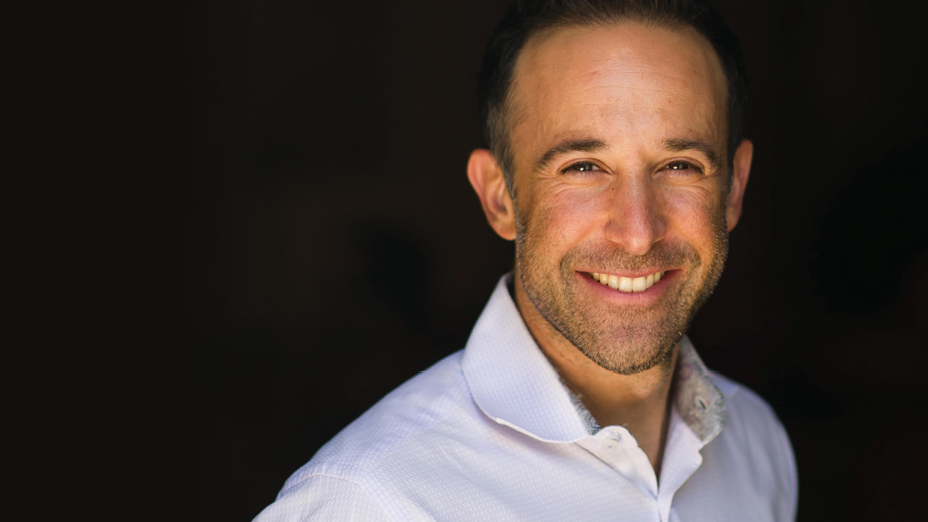In the course of my work as a leadership advisor, I work with all kinds of leaders tasked with all kinds of responsibilities and challenges.
As individuals, they can be as different as the jobs they hold. However, there are threads that run through their lives, things that connect them as leaders.
I find too many leaders lead without challenging themselves and assessing their own performance.
One of those threads is an inability for many leaders to engage in critical and honest self-reflection. Simply put, I find too many leaders lead without challenging themselves and assessing their own performance. They never pause for what I call, a “Gut Check” – a way to ensure they are leading effectively and living up to the obligations of leadership.
Let’s take the example of Kyle an individual who prides himself on being a great technology leader. He is the Chief Technology Officer (CTO) at a mid-size financial services organization and a key member of the company’s executive committee.
However, during his most recent qualitative 360 review, Kyle made an alarming discovery: his peers thought he was – for lack of a better term – opting out of key leadership responsibilities.
In the 360 feedback, Kyle (name changed) found that others in his organization, including the CEO, thought he was only interested in his own IT priorities, which often came at the expense of other priorities also important to his company.
The feedback really surprised Kyle. He had always thought the best way to support his company was to champion the IT infrastructure projects that enabled the sales force to capture market share. In Kyle’s world, it all made perfect sense.
However, his peers felt that he focused too much on this part of his job. When he showed up at executive team meetings, he only wore his CTO hat. When the team discussed broader business and people issues, Kyle would remain silent, never weighing in with his point of view.
Even though he was respected as a strong CTO, his credibility was undermined because Kyle wasn’t fulfilling the broader expectations of leadership. He was leading his department, but not contributing to the leadership of the entire organization.
This created a number of problems. The head of human resources was frustrated because the IT department didn’t follow many of the practices the organization put in place. Performance management received minimal attention. No time was spent on career development conversations with IT employees.
Kyle never green lighted his staff to take part in marketing projects, or other organization-wide initiatives. That created a lot of resentment throughout the organization.
Kyle didn’t dispute the feedback. He simply didn’t find those parts of his job interesting and so he opted-out of them.
The most interesting part of this story is that it eventually became a reflection of leadership at the CEO level. When I spoke to the CEO, she admitted her frustration at Kyle’s two-dimensional leadership. However, she also had to admit that she had never clarified her expectations of her team.
In our conversation, it became clear that she expected her executives to show up with a corporate hat on. She understood that each had their own functional responsibilities. However, she felt strongly that these couldn’t trump the broader corporate responsibilities.
Following the 360 process, she brought Kyle and the rest of her leadership team together for a meeting at which she made her expectations clear. She wanted her team to show up with a focus on corporate priorities, not just the priorities of their individual departments.
There is great value in the backstories of Kyle and his CEO. Both came to a similar realization, albeit from a very different perspective.
As leaders you need to think more broadly about your company.
They both learned that it is not acceptable to take on the mantle of leadership in an organization and then focus solely on your functional or technical area. As leaders you need to think more broadly about your company. I call it showing up with an enterprise perspective. And it’s an expectation that many organizations have of their leaders at all levels. Sure you got to excel at your function or your area of expertise, but you need to do it with a company-wide lens.
That’s the leadership game today. You need to have a broad, deep understanding of all challenges facing your organization. You need to step up to the full responsibilities of leadership, not just those that personally interest you.
So the gut check question for all of us in leadership roles is: Are you opting out of important leadership responsibilities?
image courtesy of: http://www.thewallpapers.org/





.png)
.jpg)



What Did You Think?